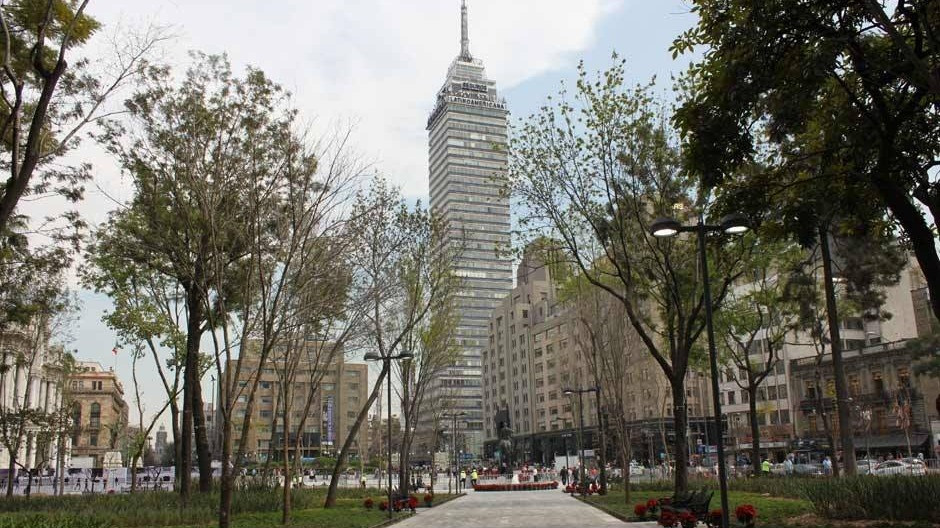Mexico City stands as one of the world’s most captivating capital cities, brimming with a rich and extensive history waiting to be explored. A visit to Mexico City offers an unparalleled opportunity to immerse yourself in this fascinating narrative. We aim to simplify your exploration of this incredible destination.
Unveiling Mexico City
Ciudad de México, often abbreviated as CDMX, is the vibrant capital of Mexico and the most populous city in North America. Nestled within the Valley of Mexico at an elevation of 2,240 meters (7,350 ft), its geography extends to even higher altitudes in certain areas. Since 2016, the city has been divided into 16 boroughs, known as alcaldias, each offering a unique facet of this sprawling metropolis.
 Mexico City cityscape featuring the historic Alameda Central park and the iconic Torre Latinoamericana skyscraper
Mexico City cityscape featuring the historic Alameda Central park and the iconic Torre Latinoamericana skyscraper
With a population of approximately 8.84 million within its 1,485 square kilometers (573 sq mi), Mexico City’s greater metropolitan area expands to an impressive 21.3 million residents. This makes it the largest metropolitan area in the Western Hemisphere and the world’s largest Spanish-speaking city, a testament to its significant global influence.
Mexico City holds the distinction of being the oldest capital city in the Americas and one of only two capitals founded by indigenous peoples, alongside Quito, Ecuador. Originally established by the Aztecs in 1325 as Tenochtitlan on an island in Lake Texcoco, the city faced near-total destruction during the 1521 siege of Tenochtitlan. Subsequently, it was meticulously redesigned and rebuilt according to Spanish urban standards. The municipality of Mexico City, then named México Tenochtitlán, was founded in 1524. By 1585, it officially became known as Ciudad de México. Serving as a pivotal political, administrative, and financial hub for a vast portion of the Spanish-speaking world since its inception, it transitioned to become the Federal District in 1824 after Mexico’s independence from Spain, a status it held until 2016.
January 29, 2016 marked a significant change as the city officially transitioned from Distrito Federal to Ciudad de México (CDMX).
As a cultural epicenter, Mexico City is unmatched in the Americas. Boasting more museums than any other city globally except for London, it presents an unparalleled cultural landscape. The city’s dynamic population thrives on exceptional cuisine and a rich culture that embodies a blend of historical legacies and diverse international influences.
We trust you will thoroughly enjoy your exploration of this remarkable city.